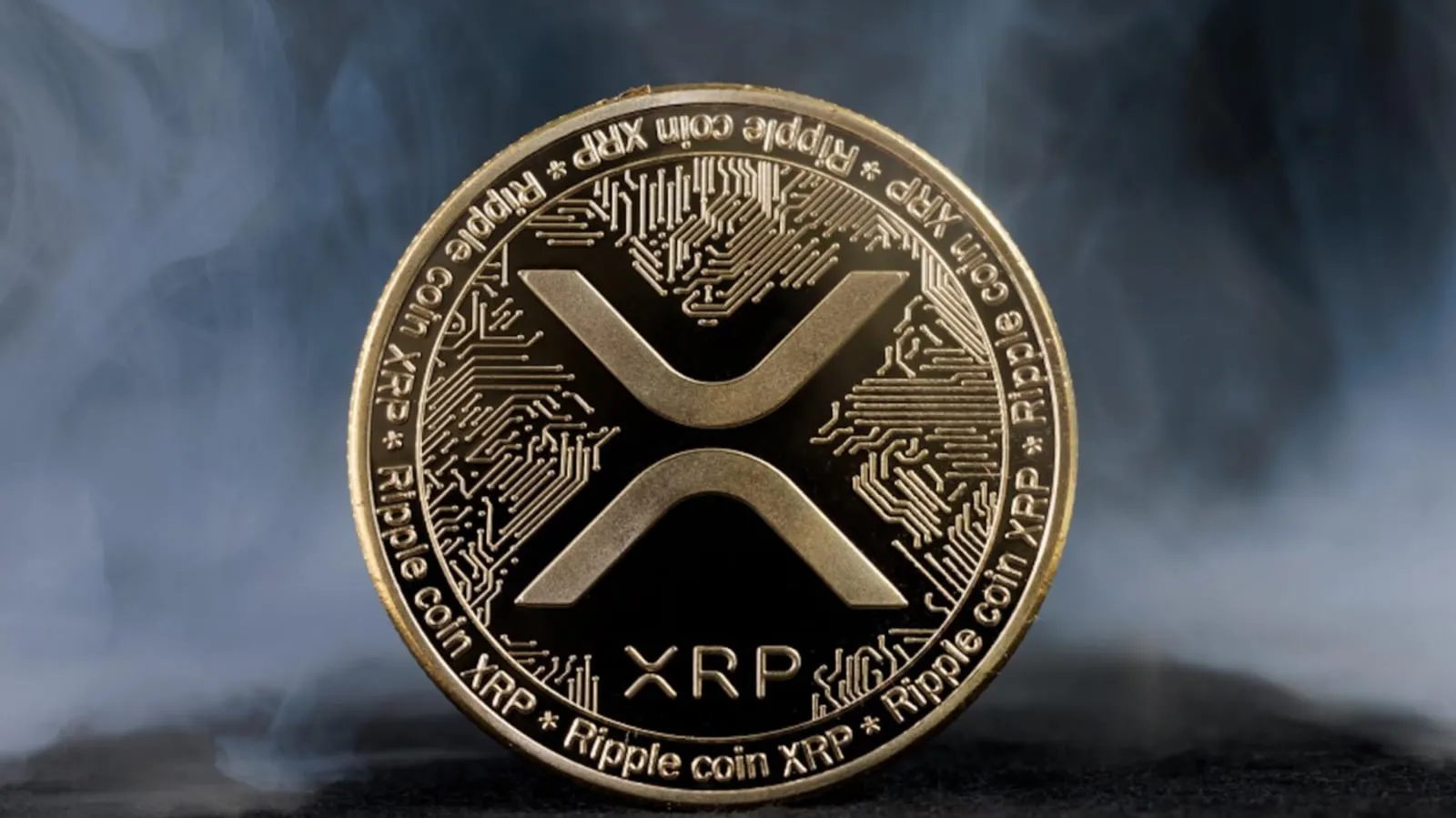Ripple, a blockchain-based platform, has emerged as a key player in modernizing global finance. Powered by its native digital asset XRP, Ripple aims to revolutionize cross-border payments by addressing inefficiencies in traditional systems. As globalization demands faster and cheaper money transfers, Ripple’s innovative solutions are transforming how funds move internationally. This article explores how Ripple’s technology and XRP are reshaping the world of cross-border transactions.
Understanding Ripple and XRP
Ripple is a blockchain-based payment protocol developed by Ripple Labs in 2012 to facilitate fast and cost-effective global financial transactions. Unlike traditional banking systems, RippleNet provides a decentralized, transparent network that connects financial institutions. This system aims to improve cross-border payments by offering real-time gross settlement, reduced transaction costs, and greater efficiency.
Central to Ripple’s ecosystem is XRP, a digital asset designed to serve as a bridge currency. XRP plays a vital role in enabling liquidity between different fiat currencies, allowing transactions to be settled within seconds. Its key features, such as scalability and low energy consumption, distinguish it from other cryptocurrencies like Bitcoin. Ripple’s technology ensures that XRP transactions are processed quickly and at a fraction of the cost of traditional systems. Together, Ripple and XRP provide a robust infrastructure for addressing global payment challenges.
Problems with Traditional Cross-Border Payments
Traditional cross-border payment systems, such as SWIFT, face significant inefficiencies. One of the primary issues is high costs, as these systems involve multiple intermediaries like correspondent banks, each charging fees. For businesses and individuals, this creates a financial burden, especially for small transactions.
Additionally, traditional systems are slow, with transactions often taking days to process. This delay can disrupt business operations and hinder individuals relying on remittances. Moreover, these systems lack transparency, leaving users uncertain about the status of their transactions and the total costs involved. Finally, traditional cross-border payments often exclude regions with limited banking infrastructure, leaving millions of people financially underserved. These problems highlight the urgent need for innovative solutions like Ripple.
Also Read: Ethereum and the Rise of Smart Contracts
Ripple’s Solution to Cross-Border Payment Challenges
Ripple offers a transformative approach to cross-border payments, addressing the inefficiencies of traditional systems. By leveraging blockchain technology, Ripple facilitates transactions that settle in mere seconds, compared to the days required by SWIFT. This speed enhances business operations and provides individuals with timely access to funds.
Cost reduction is another significant advantage of Ripple. By using XRP as a bridge currency, the platform minimizes the need for intermediaries, drastically lowering transaction fees. Furthermore, Ripple’s system ensures transparency by allowing users to track transactions in real-time, improving trust and confidence. The platform also promotes financial inclusion by providing accessible payment solutions to underserved regions, offering a gateway to the global economy. Ripple’s innovations are bridging gaps in the current financial system and making cross-border payments more efficient and equitable.
Real-World Applications of Ripple (XRP)
Ripple’s impact is evident through its widespread adoption by financial institutions and businesses. Major banks and payment providers, such as Santander and MoneyGram, have partnered with Ripple to enhance their cross-border payment services. These collaborations demonstrate Ripple’s ability to provide scalable and reliable solutions for financial systems.
In the realm of remittances, Ripple simplifies money transfers for migrant workers sending funds to their families. By reducing costs and processing times, Ripple ensures that more money reaches recipients, significantly improving their financial well-being. Moreover, Ripple’s technology has gained traction in emerging markets, where traditional banking infrastructure is limited. These real-world applications showcase Ripple’s potential to revolutionize international finance and promote global economic growth.
Ripple’s Competitive Advantages and Challenges
Ripple boasts several competitive advantages that set it apart in the blockchain and payment industries. Its established network of financial partners provides a strong foundation for widespread adoption. Additionally, Ripple’s technology offers superior speed and cost-efficiency compared to traditional systems and even other blockchain solutions.
However, Ripple faces challenges, including regulatory scrutiny. The ongoing lawsuit with the SEC over whether XRP is a security has created uncertainty about its future. Furthermore, XRP’s price volatility poses risks for financial institutions considering its use. Competition from other blockchain-based payment solutions, such as Stellar, also presents challenges. Despite these hurdles, Ripple’s innovative approach and robust infrastructure position it well to overcome obstacles and continue reshaping the global payment landscape.
Conclusion
Ripple and its digital asset XRP are revolutionizing cross-border payments by offering faster, cheaper, and more transparent solutions. By addressing the limitations of traditional systems, Ripple is making global finance more accessible and efficient. As regulatory clarity improves and adoption grows, Ripple has the potential to drive further innovation and reshape the future of international money transfers. Its role in transforming the financial ecosystem underscores its importance in today’s rapidly evolving global economy.

Review & Discussion